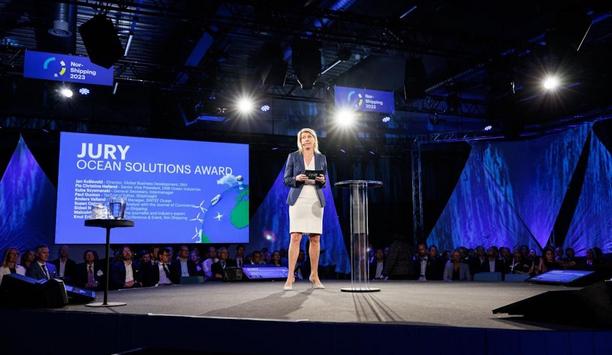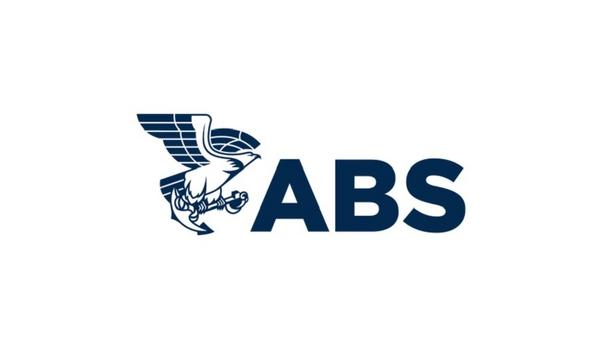ClassNK has released 'Guidelines for Liquefied Hydrogen (LH2) Carriers (Edition 2.0)', which cover essential details to examine the safety of liquefied hydrogen carriers to spur related technological developments.
To construct a supply chain for hydrogen, which is expected to be a clean energy source in a decarbonised society, the development of liquefied hydrogen carriers that enable large-scale and efficient transportation is progressing actively.
ClassNK’s R&D outcome
IMO has worked on establishing safety requirements for liquefied hydrogen carriers
IMO has worked on establishing safety requirements for liquefied hydrogen carriers that must keep cargo at an extremely low temperature of minus 253 degrees Celsius, and 'Interim Recommendations for Carriage of Liquefied Hydrogen in Bulk' was adopted in 2016.
Based on the interim recommendations, ClassNK’s 'Guidelines for Liquefied Hydrogen Carriers' published in 2017 set out specific requirements in consideration of related international standards and ClassNK’s R&D outcome. A design review and survey of the first liquefied hydrogen carrier, 'Suiso Frontier', was based on these guidelines.
Guidelines to Edition 2.0
Incorporating insights from experience with the ship and reviews of other concepts currently under development, ClassNK has updated the guidelines to Edition 2.0. In this update, specific requirements were refined for clarity and rationality, and two sets of guidance assisting the process of risk assessment required for each project and the exploration of measures against potential hazards have been added, enhancing the practicality of the guidelines.
It is believed that the required safety of liquefied hydrogen carriers can be ensured by complying with the safety requirements of the guidelines as well as implementing measures against the hazards identified in the risk assessments, using the newly added guidance.










